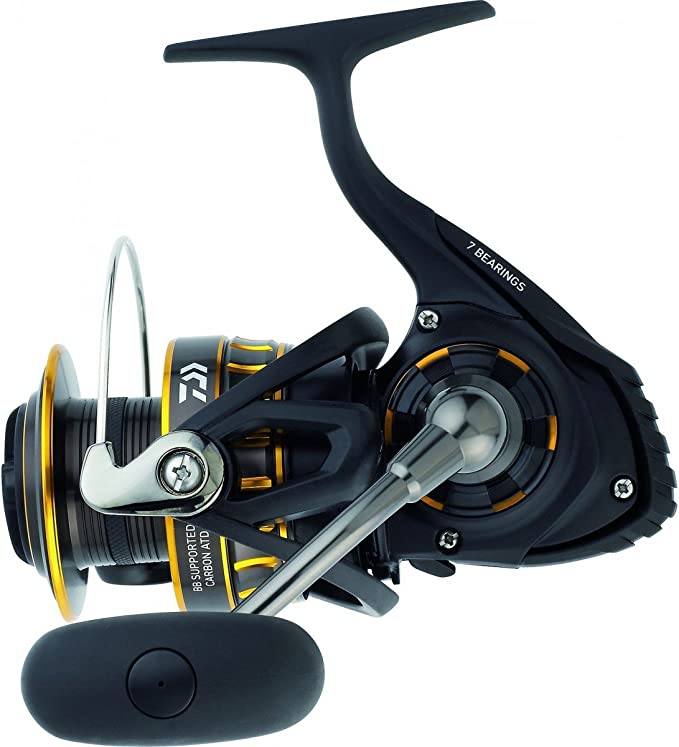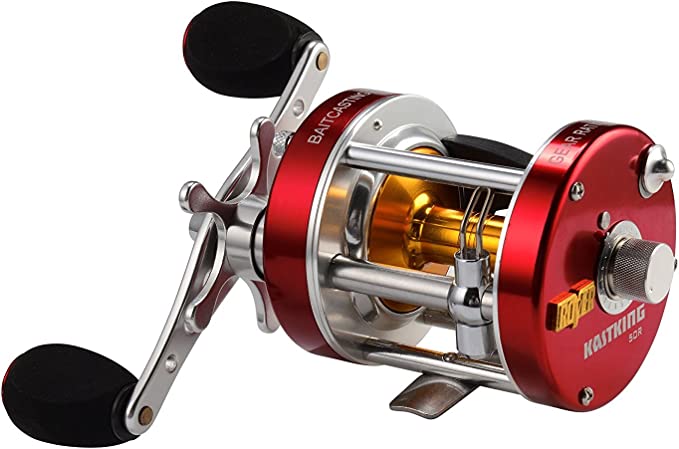Unleash Your Inner Chef with the Anlyter 30-Inch Gas Cooktop: Bringing the Kitchen Outdoors
Update on Sept. 6, 2025, 6:29 a.m.
For half a million years, we huddled around fire. It was a chaotic, beautiful, and terrifying force of nature—a flickering portal in the darkness that gave us warmth, protection, and the first cooked meal. We spent millennia feeding it, fearing it, and worshipping it. We never truly controlled it.
Then, somehow, we put it in a box.
Look at your kitchen stove. With the gentle turn of a knob, a ring of perfect, serene blue flame springs to life. It does not rage or spit. It holds its temperature with unwavering precision. It asks for nothing but a bit of fuel. This small, domestic miracle is so commonplace that we’ve forgotten the sheer audacity of it. We have tamed a star, shrunk it down, and tasked it with simmering our soup.
This isn’t just an appliance; it’s a monument to humanity’s relentless quest to understand and harness the fundamental laws of the universe. To truly appreciate it, we must look past the stainless steel and cast iron and see the elegant principles of chemistry, physics, and material science at play. Using a modern example, like the five-burner Anlyter ALTS03-B505 cooktop, as our specimen, we can dissect this marvel and rediscover the science we take for granted every day.

A Tale of Two Hydrocarbons
The story of your stove begins millions of years ago, with ancient sunlight captured by photosynthesis and locked away underground in the chemical bonds of hydrocarbons. When you cook with gas, you are releasing that ancient energy. But not all gas is created equal. Your stove might run on Natural Gas piped to your home or Liquid Propane from a tank, and the ability to switch between them is a small engineering feat that hinges on fundamental chemistry.
Natural gas is mostly methane ($CH_4$), a simple molecule of one carbon atom bonded to four hydrogen atoms. Propane ($C_3H_8$) is its bigger, denser cousin, with three carbons and eight hydrogens. To burn cleanly and efficiently, each molecule needs to find the perfect number of oxygen partners. This ideal dance is called the stoichiometric ratio. For every one molecule of methane, you need two molecules of oxygen. But for every one molecule of propane, you need five.
This is why a convertible cooktop comes with a tiny bag of different brass nozzles. It’s not just about fitting a different hose. To ensure propane gets the extra oxygen it craves, it must be forced through a much smaller opening. This increases the gas’s velocity, and thanks to a principle discovered by the 18th-century physicist Giovanni Battista Venturi, this high-speed jet creates a low-pressure zone that actively sucks in more of the surrounding air to pre-mix before it ever reaches the burner. Turning that knob initiates a precise, miniature whirlwind, all to achieve the perfect burn.

The Anatomy of a Perfect Flame
And what a perfect burn it is. The ideal gas flame is a steady, quiet, brilliant blue. That color is your seal of quality—a visual confirmation of complete combustion. The blue light is emitted by energized radical molecules like CH and C2 within the flame, a sign that the hydrocarbon fuel is being completely converted into just carbon dioxide and water vapor.
A lazy, yellow-orange flame, however, is a flame full of regrets. It’s a sign of incomplete combustion. The yellow light comes from tiny, incandescent particles of soot—unburnt carbon—that are heated to glowing. This flame is not only dirtier but also cooler and less efficient. The design of a modern burner, a direct descendant of Robert Bunsen’s 1855 invention, is all about maximizing that pre-mixing of air and gas to banish the yellow and achieve that pure, powerful blue.
The power of that flame is measured in BTUs, or British Thermal Units. It’s a slightly archaic but wonderfully intuitive unit: one BTU is the energy needed to heat one pound of water by one degree Fahrenheit. A cooktop like the Anlyter offers a wide spectrum of power, from a delicate 3,400 BTU burner for melting butter to a roaring 11,262 BTU triple-ring burner.
This isn’t about raw power; it’s about control over chemical reactions. To achieve the Maillard reaction—that magical, non-enzymatic browning that gives a steak its savory crust and bread its golden hue—you need to quickly get your pan’s surface above 280°F (140°C). A high-BTU burner delivers a massive flux of energy, rapidly hitting that target temperature and creating complex flavor compounds before the food overcooks. It’s the science behind the coveted “wok hei,” or “breath of the wok,” in stir-frying—a fleeting, smoky flavor forged only in intense, immediate heat.

The Stage for a Chemical Reaction
If the flame is the star of the show, the cooktop’s body is the stage—a platform engineered to withstand extreme thermal stress while facilitating the culinary performance. The choice of materials here is a masterclass in metallurgy.
The Invisible Shield of Stainless Steel. The sleek surface of a modern stove is typically stainless steel. Its secret lies not in being inherently “stainless,” but in its ability to protect itself. In 1913, metallurgist Harry Brearley discovered by accident that adding a significant amount of chromium to steel created an alloy that resisted corrosion. The chromium atoms at the surface react with oxygen in the air to form a microscopic, transparent, and chemically inert layer of chromium oxide. This “passive layer” is like an invisible suit of armor. If you scratch it, the exposed chromium beneath simply grabs more oxygen and instantly heals the shield. It is a material that lives to protect itself.
The Thermal Bank of Cast Iron. Resting above the burners are the heavy, rugged grates, often made of cast iron. Many assume cast iron is used because it conducts heat well. The opposite is true. It’s a relatively poor conductor compared to aluminum or copper. Its superpower is its immense thermal inertia. Cast iron is dense and has a high heat capacity, meaning it acts like a “thermal bank”—it takes a while to heat up, but once it does, it holds a massive amount of energy.

When you place a cold, heavy pan on those pre-heated grates, they don’t flinch. Their vast energy reserve ensures the heat transfer to the pan remains constant and stable. This is why a steak sears so beautifully on a cast iron skillet; the pan’s surface temperature doesn’t plummet when the cold meat hits it, allowing the Maillard reaction to kick in instantly and evenly. The cooktop’s cast-iron grates provide that same unwavering thermal foundation, ensuring your flame’s energy is delivered with authority.
So the next time you stand before your stove, take a moment. You are not merely a cook; you are the conductor of a symphony of scientific principles. With a flick of your wrist, you call upon the stored energy of ancient sunlight, mix it with air in a perfect stoichiometric ratio, and ignite it into a controlled, complete combustion. You set this reaction upon a stage of self-healing steel and thermally stable iron, transforming simple molecules into complex, delicious flavors.
The humble gas stove is not the end of our journey with fire. It is the breathtaking culmination of it—a testament to our ability to ask “why,” to understand the answer, and to then build that understanding into a tool of breathtaking elegance and utility. You have a tamed star in your kitchen. Use it well.







































